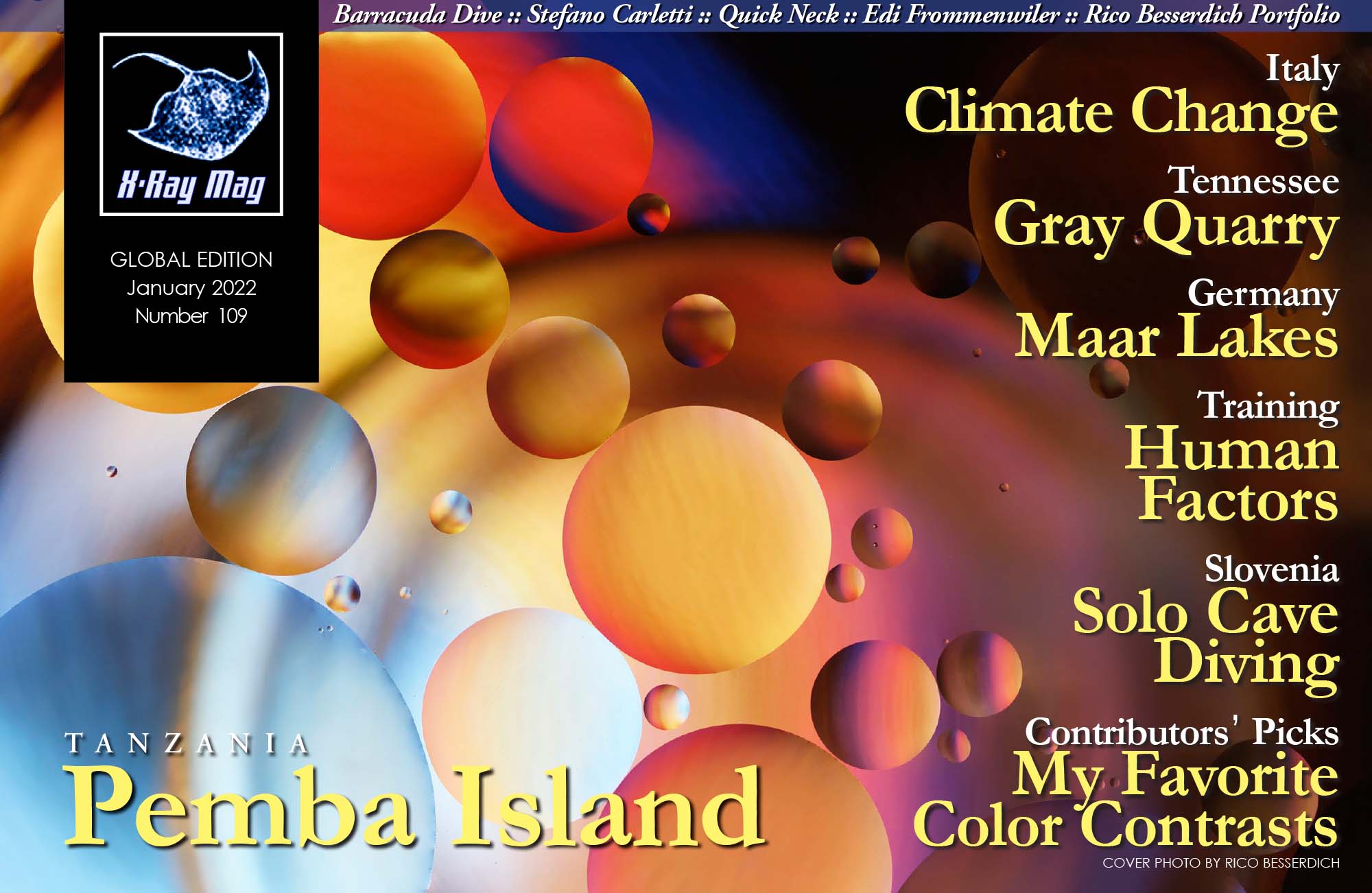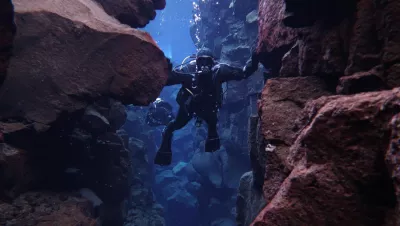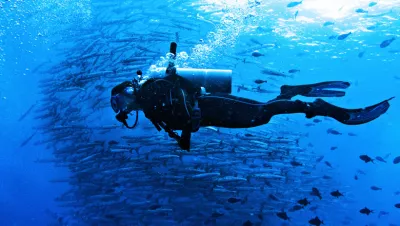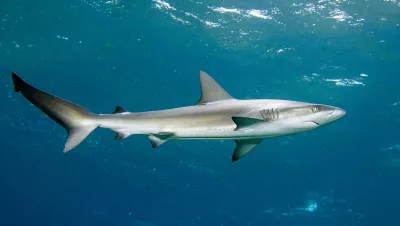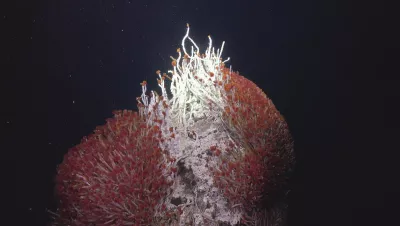Stefano Carletti—adventurer, scuba diver, aviator and fisherman. He is a teller of sea tales and a searcher of hidden treasures on the seabed. He is a man who is a mirror of Europe, the “blue continent”—sometimes tempestuous, other times, crystal-clear and peaceful. Carletti’s life has been an extraordinary tailor-made adventure sewn by a life at sea, narrated by books and articles, which still fascinate audiences even today, as in the past. In this interview, Andrea Murdock Alpini gains more insight into the man behind the myth.
